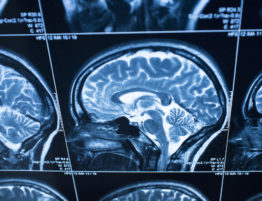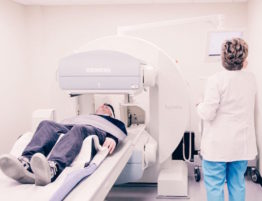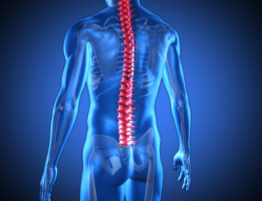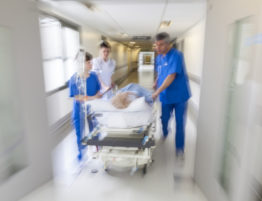The Treatment Costs for Spinal Cord Injuries
The cost of treating and caring for people with spinal cord injuries (SCI) in the US tops over $4 billion ever year. For the thousands of Americans living with spinal cord injuries, current treatment options focus on helping them learn to live with their disabilities and become as independent as their injuries allow. If you or a loved one have suffered a spinal cord injury, contact a personal injury attorney in your area to learn more about the legal remedies that may be available to you.
Surgery
The surgical options immediately following a spinal cord injury are limited and performed for two reasons: if the spinal column needs to be stabilized by the use of pins and/or plates; or if a fracture, break, bone fragment or other object is compressing the spinal cord and the pressure needs to be decompressed. While it is not uncommon for some function to be regained after surgery to stabilize or decompress the spine, all lost function cannot be restored by either surgery.
Surgery also may be performed to transfer nerves and tendons to help activate muscles and restore function. These surgeries are normally employed to improve hand/arm functions, such as bending and straightening the elbow and wrist and gripping with the fingers and hand.
Rehabilitation
Rehabilitation focuses on helping people with spinal cord injuries retain maximum function and live as independently as possible. Rehab uses massage, passive movements, exercises and other approaches to invigorate muscle groups and prevent atrophy. Rehab also can help people who require wheelchairs and prostheses become more comfortable with the equipment and learn how to use it. Besides focusing on physical health, rehab also may include the services of vocational therapists, psychologists, nutritionists, social workers and other professionals to help people adjust to living with their disabilities. People with severe injuries may be unable to live independently and require long-term care from a live-in nurse, nursing home or other care facility.
Future Treatments
Researchers are working hard to find a cure for spinal cord injuries. Current research focuses on regeneration of damaged spinal cord tissues to restore some, and ultimately all, of the lost function from the injury.
Some of the treatments researchers are developing to meet this goal include:
- Transplantation – transplant tissues into or near the damaged portions of the spinal cord to facilitate growth of new nerve cells and supply a source of nerve cells to help repair the ones damaged by the injury.
- Stimulation – the adult spinal cord does not provide a positive environment for growth of new nerve cells. Researchers are trying to discover a way to “turn off” the proteins that inhibit growth and “turn on” or stimulate the proteins that encourage growth.
The current methods of treating spinal cord injuries have greatly improved the quality of life for many people living with these types of injuries. New methods are being developed to further build on this important work, with the ultimate goal of curing spinal cord injuries.
Contact an Experienced California Spinal Cord Injury Attorney For a Free Consultation
Spinal cord injuries are life-changing events, forever altering the course of an individual’s life. Since most spinal cord injuries happen to young adults, they face a life-time of medical treatment, rehabilitation, and in severe cases, spending the rest of lives in a full-time care facility. The estimated costs for a person with a spinal cord injury can top over $250,000 in the first year alone.
The trial and appellate attorneys of Stolpman Law Group, are well known and respected for the quality of the legal representation they provide and for the impressive results they achieve for their clients.
To arrange a free consultation with an attorney, call us at (562) 435-8300 or contact us by e-mail.
From law offices in Long Beach, our lawyers represent clients in the Los Angeles area and throughout Southern California. To learn more about our attorneys, please follow the links below:





